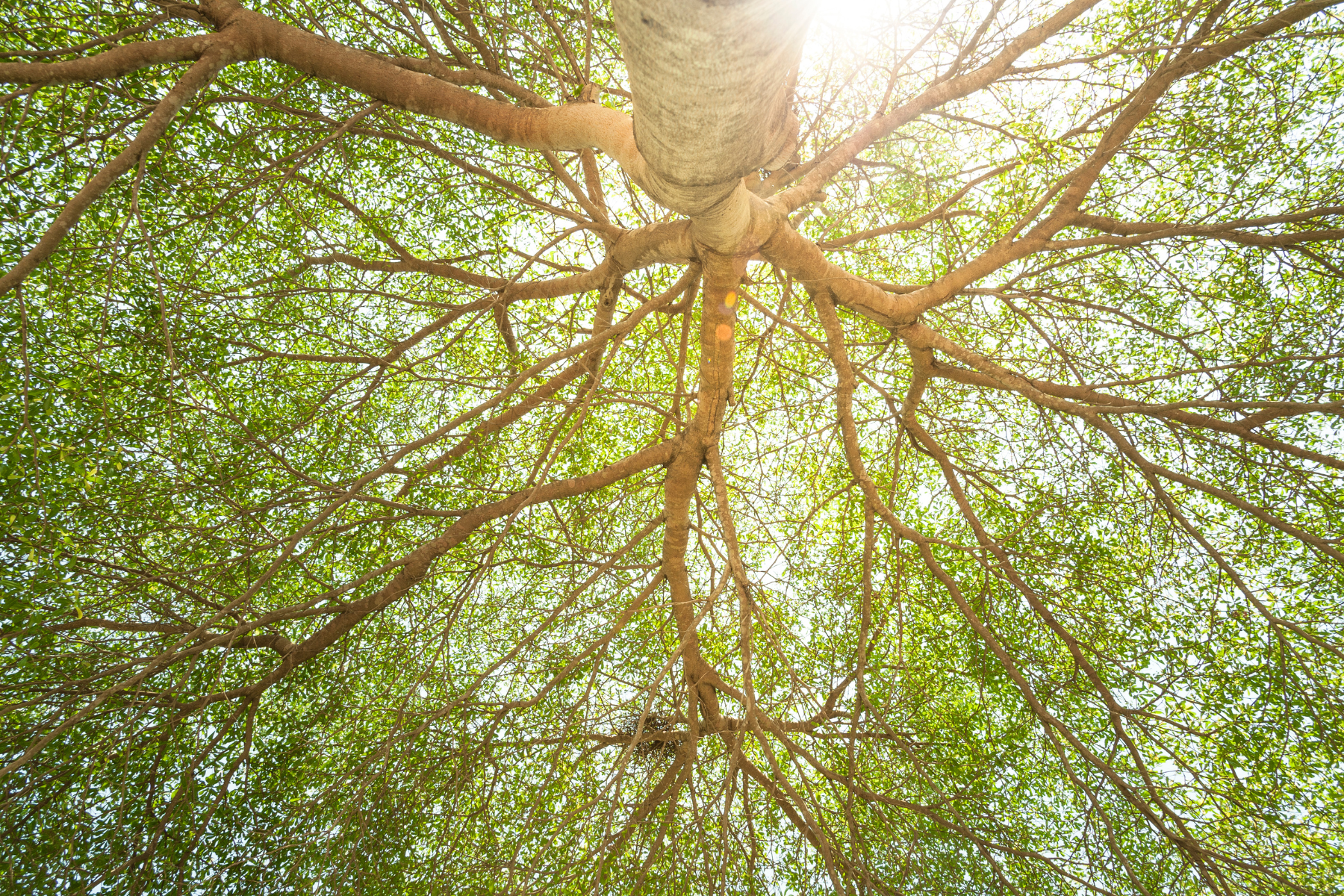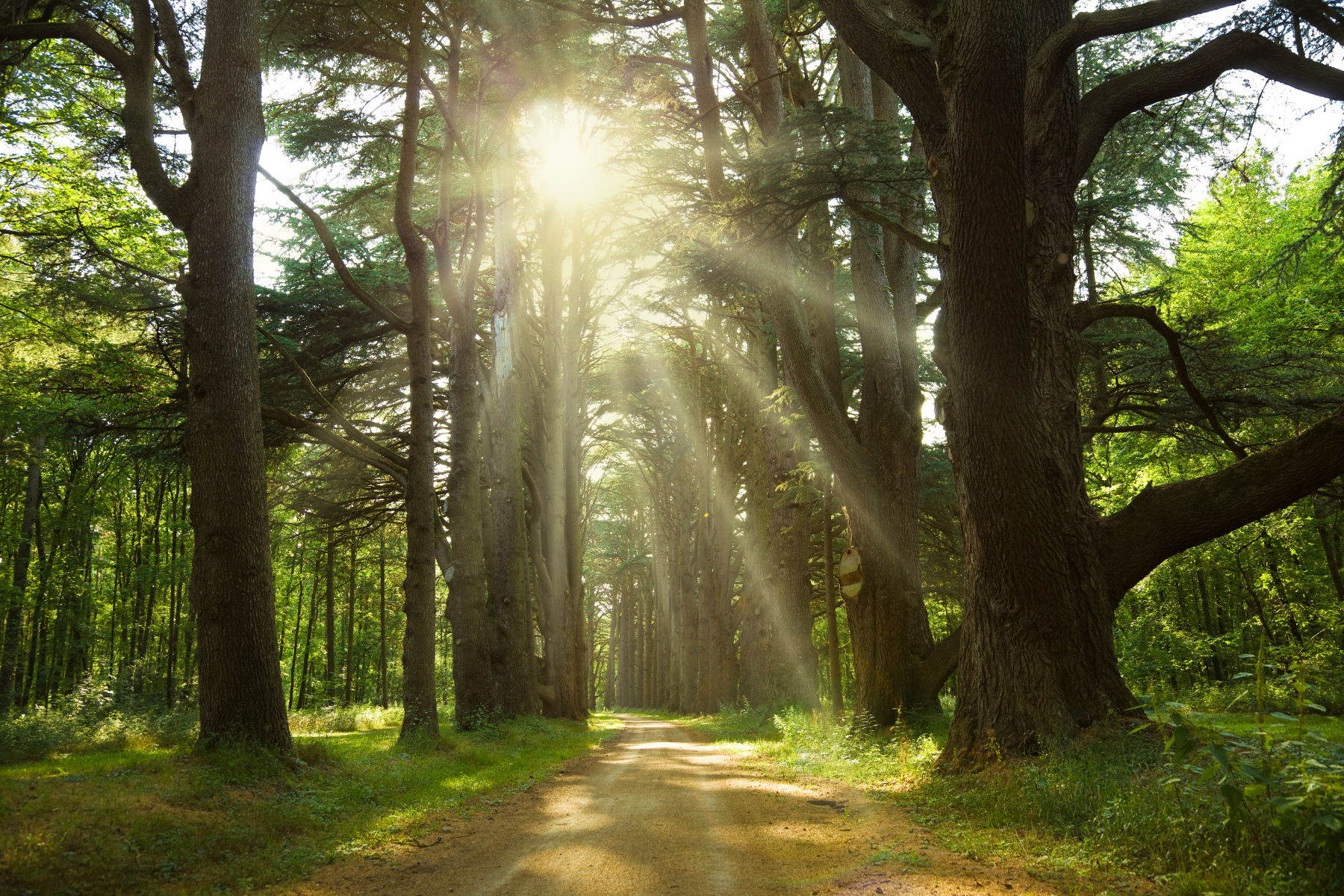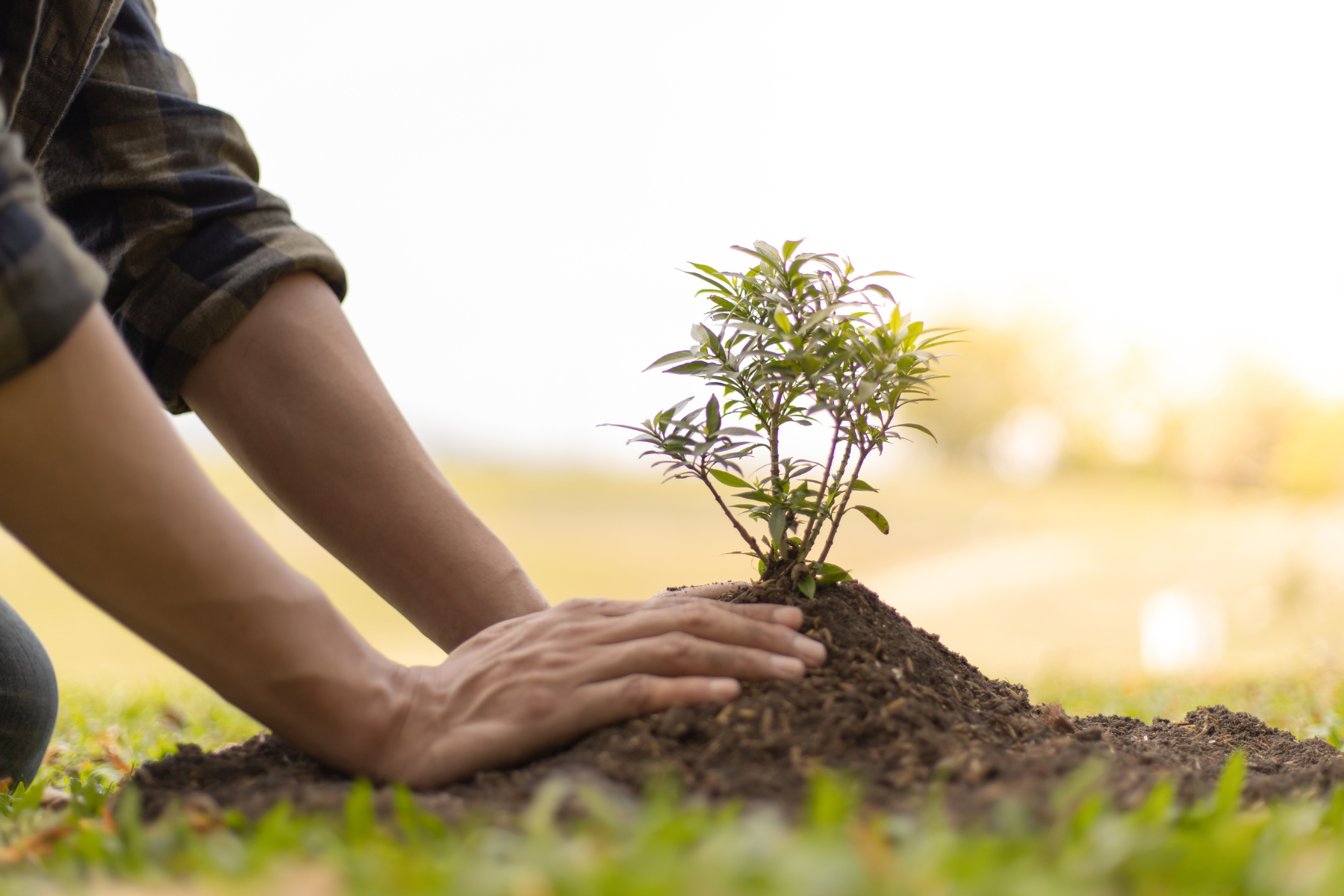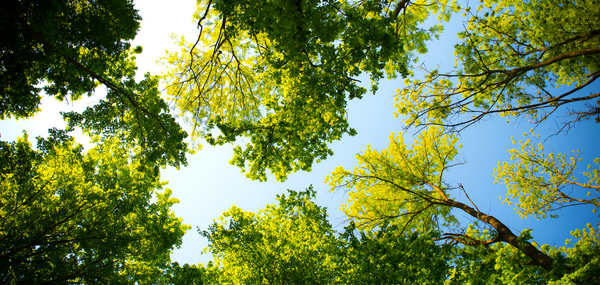
Get news, updates, & event Info delivered right to your inbox:
Trees and Oxygen: Do Trees Help Us Breathe?
Let’s take a trip back to biology class in junior high, where we learned about the relationship between trees and oxygen. Just like humans, trees breathe. Except instead of breathing in oxygen as we do, trees pull in carbon dioxide before emitting oxygen.
Trees and rainforests produce about 28 percent of the world’s oxygen with ocean “plants”, like phytoplankton, producing the rest. Without trees, there would be less oxygen available to breathe.
We know how much carbon dioxide the average tree absorbs every year for the first 20 years, but how much oxygen is then emitted –– providing living things with clean air to breathe? Let’s talk about all the ways that trees help us breathe, including emitting oxygen and cleaning the air.

Do Trees Breathe?
Thanks to our seventh grade science teachers, we know that trees actually do breathe. Just like any other living organism, trees take in nutrients, water, and sunlight to produce energy and grow. So, just like humans, trees can breathe, but unlike humans, it’s not oxygen that trees are pulling in.
Trees actually pull in carbon dioxide before releasing oxygen. Because trees don’t have lungs, this isn’t a process that can be seen. It happens at a cellular level, invisible to the human eye, but that doesn’t make it any less important. In fact, most plants breathe this way. It’s one of the critical ways they produce atmospheric r oxygen and clean the air surrounding us.
The next time you take a deep breath, make sure you thank a tree!

How Do Trees Make Oxygen?
Like so many living things around the world, trees depend on sunlight to respirate.
During the spring and summertime, the leaves of a tree pull in carbon dioxide, water, and energy from the sun to turn into sugars that produce nutrients. This process, which is called photosynthesis, then emits oxygen that helps other living things breathe.
Typically, this process happens the most in spring and summer –– when trees are most active and dependent on the sun. During the fall, trees begin preparing for winter, dropping their leaves if they are deciduous and going into dormancy. When leaves begin losing their vibrant green color, that’s when photosynthesis begins to slow down. As chlorophyll, the molecule that produces the green color of leaves in deciduous trees, it becomes harder for trees to absorb sunlight and use it to produce energy.
Once winter begins, trees reach a state of dormancy. Similar to hibernation, dormancy simply means that trees are conserving their energy for the bracing season ahead. During this time, trees don’t actively photosynthesize or produce oxygen, causing oxygen levels to fall and carbon dioxide to rise.
Trees more than make up for the lowered oxygen levels in the spring and summertime, so humans tend not to be too affected when trees go dormant.

How Much Oxygen Does A Tree Produce?
Now that we know how trees breathe, it’s important to understand just how much oxygen a tree produces. While most oxygen is produced by phytoplankton, trees still play a significant role in providing us with breathable and clean air. So, how much oxygen do trees actually produce?
The average human takes in about 550 liters of oxygen in a day –– that’s about 145 gallons. Individuals who exercise or are active throughout the day may take in more oxygen on average, depending on the level of activity.
Now, some of that oxygen is produced by trees. The amount of oxygen a tree produces is influenced by several factors, including species, age, health, and surroundings. A tree also does not produce the same amount of oxygen year-round. Because oxygen production is dependent on sunlight, trees also don’t produce the same amount of oxygen during the night.
Typically, old, mature trees produce more oxygen than younger trees. In fact, a mature oak tree can produce, on average, 100,000 liters of oxygen a year. That’s about 274 liters of oxygen a day –– nearly half of what the average human needs in a day. Douglas fir, beech, spruce, and maple trees are among the trees that produce the most oxygen. In other words, in addition to the many other vital roles that healthy forests play, it’s in our best interest to be vastly outnumbered by trees.
Trees give us so many amazing things. From clean air to drinkable water, they support all of life on earth by simply existing. You can help make an impact by planting trees where they’re needed most to ensure that trees stick around for generations.
